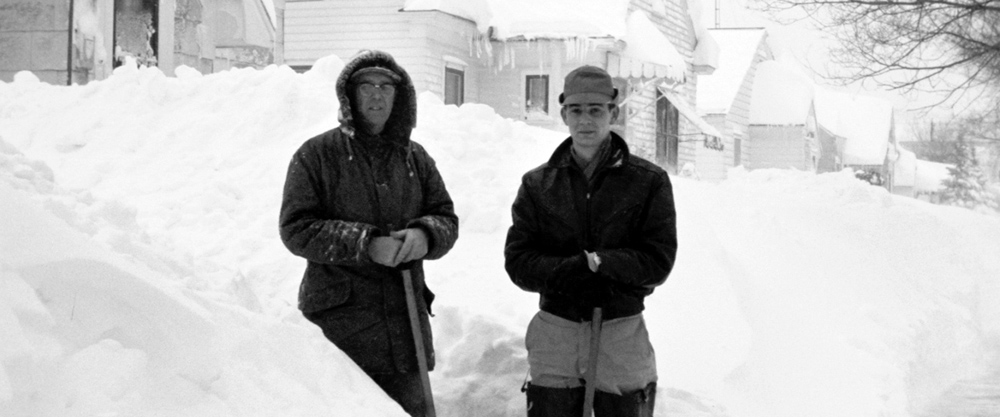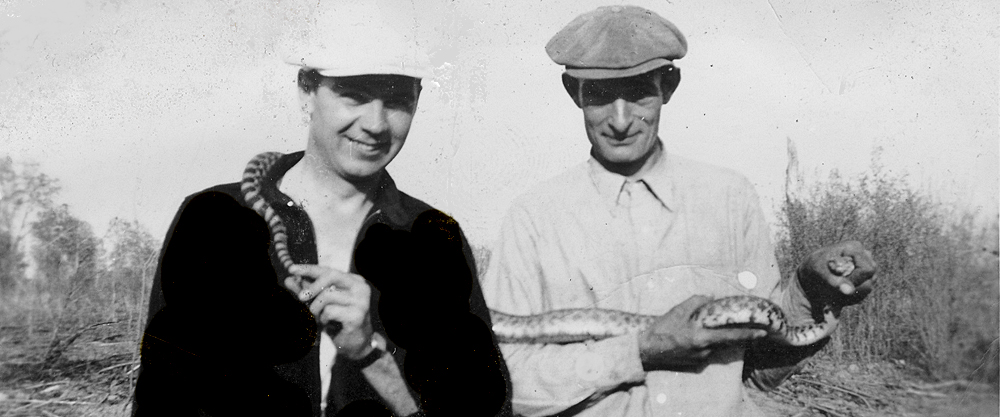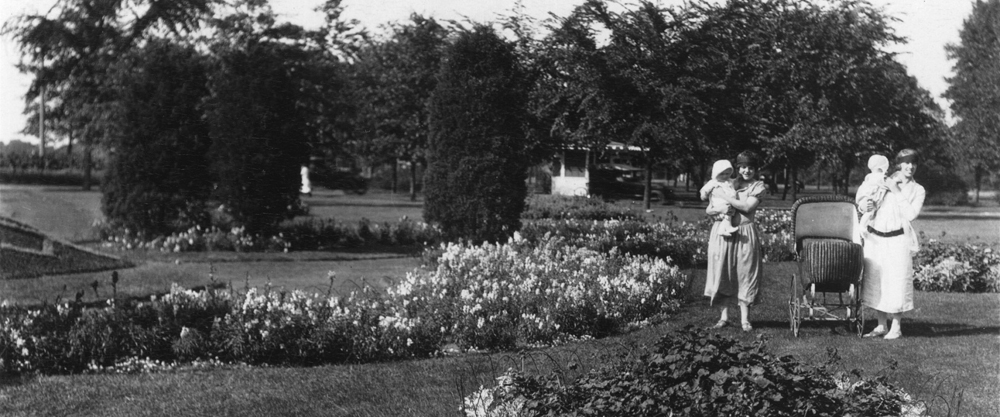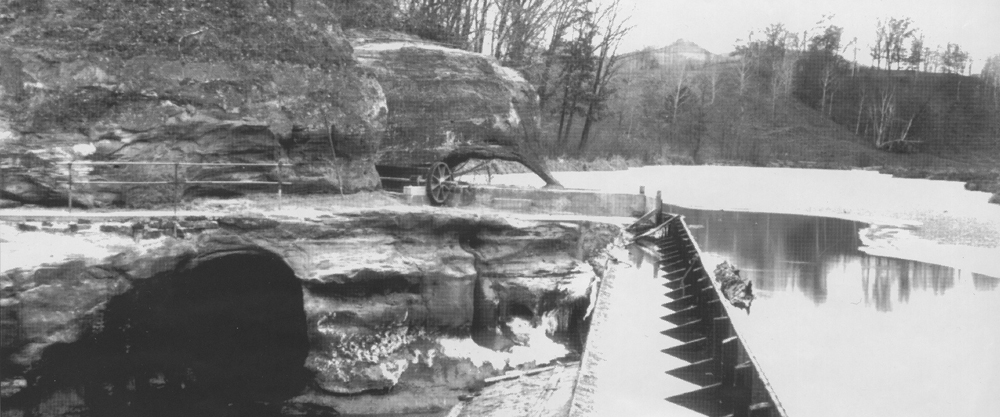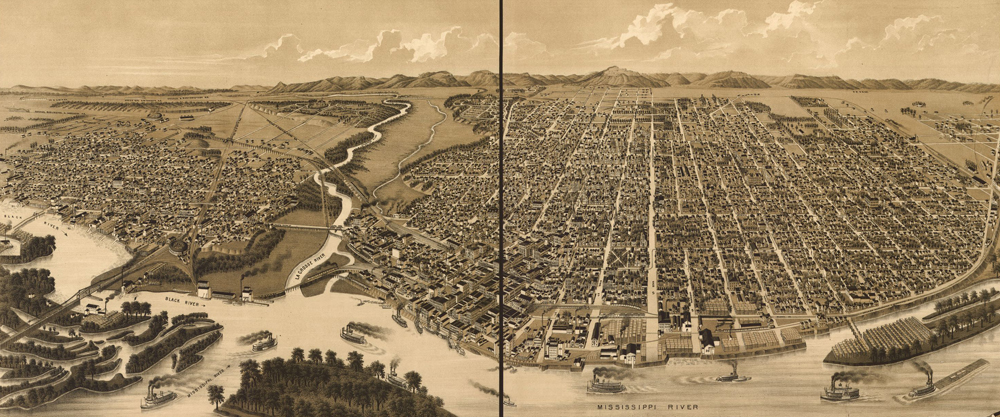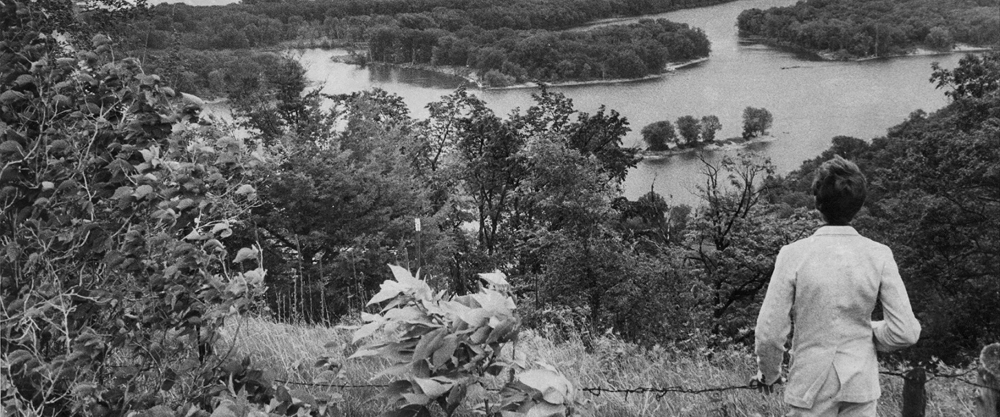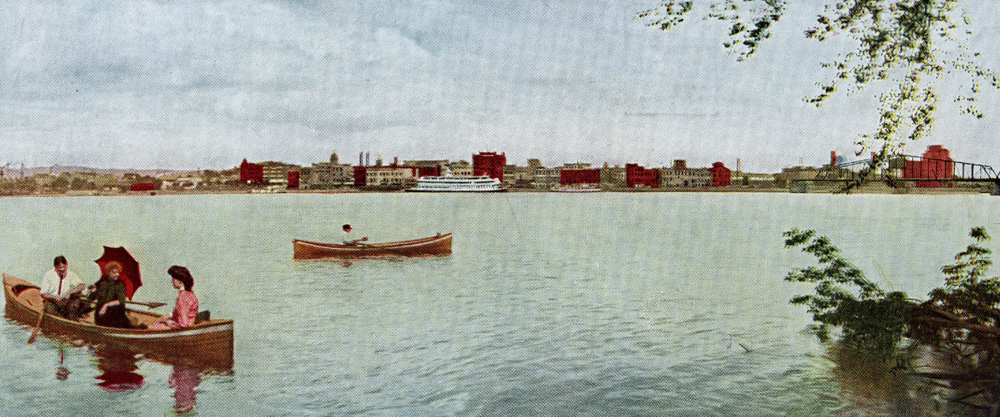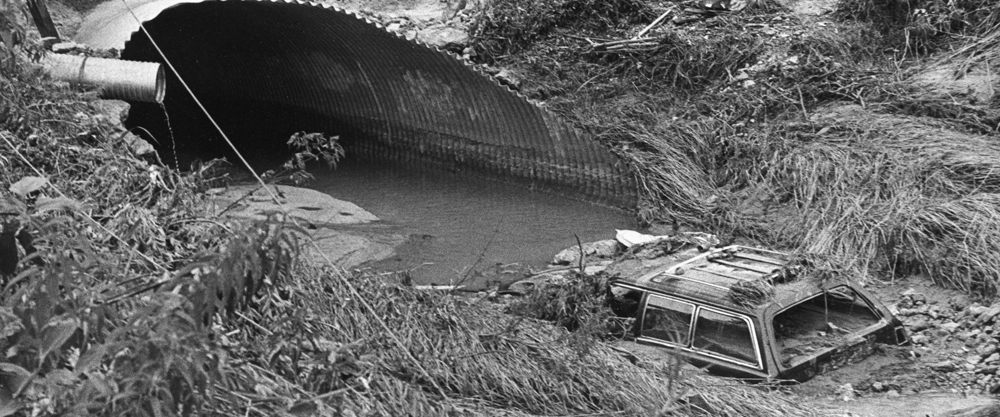LA CROSSE HISTORY
unbound
THE LA CROSSE AREA'S HISTORY, DIGITIZED
Pollution

Unbound Collections
- Browse All Titles
- Formats
- General Histories
- Area Genealogy
- Accidents & Disasters
- Agriculture
- Archaeology
- Architecture
- Arts & Music
- Businesses & Industries
- Cemeteries
- Economy
- Education & Schools
- Events & Festivals
- Government
- Health & Healthcare
- Historic Sites
- Literature
- Military & War
- Natural Environment
- Neighborhoods
- Organizations
- Parks
- Peoples & Cultures
- Politics
- Press & News Media
- Religious Groups
- Sports & Recreation
- Transportation
Resources
—Pollution—
Creator:
Olson, Harlan
Description:
This study of Pammel Creek, La Crosse County, Wisconsin, was initiated in order to quantitatively assess the degree, the type, and the specific sources of enteric pollution in the stream. Fecal coliforms and fecal streptococci were selected as the indicator organisms. Both types of bacteria are present consistently in the feces of all warm-blooded animals. Rainfall and the resulting storm water run-off probably contributed to the enteric pollution of Pammel Creek in two ways: by loading the stream with bacteria and nutrients, and by saturating the soil around septic system drainfields. Fecal coliform tests of July and August, 1971, revealed high levels of enteric pollution at all test stations. Only 3 of 58 samples yielded results which were under the suggested standard of 200 fecal coliforms per 100 ml for primary contact recreation. The fecal coliform - fecal streptococci ratios obtained in the test series of 1972 and 1973, indicated a probable injection point for human fecal contaminants in the vicinity of Station 12. Out of a total of 32 test samples from Station 12 and its subdivisions, 75% gave ratios which indicated enteric pollution which was predominantly of human origin. Ratios obtained at the other sampling sites suggested enteric pollution derived from warm-blooded animals other than man. In view of these-results, it is recommended: (1) that measures be taken to immediately correct defects in the septic sewage facilities in the vicinity of Station 12; (2) that priority be given to the extension of sewage lines connecting the municipal sewage system of the city of La Crosse with the residential areas in State Road Coulee and adjacent coulees; (3) that measures be taken to control run-off from concentrations of fecal contaminants on farms located on the Pammel Creek watershed; and (4) that thorough studies be made concerning the impact of any new development which affects the quality of water in Pammel Creek.
UW-L Master's Thesis
UW-L Master's Thesis
Author:
U. S. Department of the Interior, Fish and Wildlife Service
Creator:
Marian E. Havlik
Leif L. Marking
Leif L. Marking
Description:
Although the uptake, storage, and elimination of contaminants by naiad mollusks has been studied, relatively little information is available on toxicity. Contaminants appear to have destroyed some populations directly by exerting toxic effects, or indirectly by causing or contributing to the elimination of essential food organisms or host fish. Often two or more factors appear to work in combination to producethe total stress that adversel affects populations. Naiad mollusks are important indicators of contaminants in the environment; residues in soft tissue indicate recent or current exposure, and residues in shells indicate past exposure.
Resource publication 164
OCLC: 15084166
OCLC: 15084166
Creator:
Ronald G. Rada
Description:
A study was conducted in Navigation Pool No. 9 of the Upper Mississippi River to determine the impact of the thermal effluent from Dairyland Power Cooperative's Genoa, Wisconsin electric generating facility on the phycoperiphyton. The objectives of this study were: 1) to compare the taxonomic composition, density, biomass, and pigment concentration of the phycoperiphyton community upstream and downstream from the thermal effluent; 2) to monitor the physical and chemical characteristics of the upper portion of Navigation Pool 9; and 3) to establish baseline data for phycoperiphyton in channel areas of Navigation Pool No. 9 of the Mississippi River. Sampling was conducted from 3 June 1980 to 1 June 1981.
UWL Masters thesis
UWL Masters thesis
Author:
University of Wisconsin-La Crosse Oral History Program
Description:
Bob McMahon spends a majority of his interview discussing fishing and natural resources in the La Crosse area. Topics include but are not limited to: fishing as recreation, fishing in Coon Valley (1950s), fish species in Coon Valley, fly fishing limits, threats to recreational fishing (pollution and land usage), farming and run off pollution, Department of Natural Resources, and conservation.
00:01:30 -- Fishing in Coon Valley, 1950s
Author:
University of Wisconsin-La Crosse Oral History Program
Description:
Clay Riness discusses fish and fishing in the Coon Creek Watershed around Coon Valley, Wisconsin. Topics include but are not limited to: Rullands Coulee Creek, Spring Coulee Creek, Timber Coulee Creek, Bohemian Valley Creek, Kickapoo River, erosion and pollution, self-employment, environmental issues and education, Mississippi River, fish species, fishing techniques, and recreational fishing.
Author:
University of Wisconsin-La Crosse Oral History Program
Description:
Leum discusses trout fishing in Spring Coulee Creek and other creeks and streams that form the Coon Creek Watershed around Coon Valley, Wisconsin. He describes fishing conditions, including fishing pressure and problems caused by flooding and erosion. He also comments on the role of the Wisconsin Department of Natural Resources in managing fish habitat.
Author:
University of Wisconsin-La Crosse Oral History Program
Description:
Palmer Olson's interview largely focuses on fish and fishing in the Coulee Region. Topics include but are not limited to: fly fishing, fish species, Coon Creek Watershed, Rullands Coulee Creek, Timber Coulee Creek, Coon Valley, fishing regulations, Wisconsin Department of Natural Resources, farming, fish habitat trends, fly and lure shops, fishing during WWII, fish population in 1990s, logging, pollution, and floods.
Author:
University of Wisconsin-La Crosse Oral History Program
Description:
Kogut discusses fly fishing in the streams and creeks around Coon Valley, Wisconsin. In particular, he mentions Timber Coulee Creek, Bohemian Valley Creek, Rullands Coulee Creek, and Spring Coulee Creek. He also discusses fishing pressure, catch-and-release areas, and the Coon Creek Watershed project.
Author:
University of Wisconsin-La Crosse Oral History Program
Description:
Tip Bagstad's interview focuses largely on fishing in the Coulee Region and his employment in the Wisconsin Department of Natural Resources. Topics include but are not limited to: fish species (trout, sucker, and chub) and population in the area, popularity of fishing, threats to different fish species, farming and pollution, conservation methods, streams, projects on streams in area (Monroe, La Crosse, Vernon, and Crawford counties), and flooding.
Creator:
Robert R. Hoffman
Description:
The concentration of nitrate-nitrogen, nitrite-nitrogen, and ortho phosphate were determined from samples taken at six different locations, every two weeks for a year, on Halfway Creek in La Crosse County, Wisconsin. The temperature and the amount of sedimentation were also recorded for each station. The sampling and analysis began July 22, 1971 and ended June 28, 1972. The six stations were located between the mouth of Halfway Creek on Lake Onalaska and a point about two miles downstream from its source in the coulee. The results show a considerable variation in the amounts of nitrate, nitrite, and phosphate present at different times of the year and at the different locations on the stream. The average ortho phosphate level of the stream was 1.82 ppm, with very high levels recorded in the spring. The nitrate level of Halfway Creek was highest in the farmland near its source, decreasing as it moved toward its mouth. The average amount of nitrate present in the entire stream for the year was about 34 ppm. The nitrite level averaged 0.112 ppm over the entire stream for the measuring per oid. Sedimentation was very low with very little suspended material leaving the stream at its mouth in Lake Onalaska. While most of the temperatures recorded produced characteristic results, those recorded at the mouth of the stream were exceptions. They were generally lower than the next two stations upstream because of large amounts of water entering the stream just before it empties into the lake.
Author:
Upper Mississippi River Basin Association
Description:
Item donated by the Upper Mississippi River Conservation Committee (UMRCC) to Murphy Library in 2018. Part of the UMRCC Collection housed at Murphy Library, University of Wisconsin-La Crosse.
Author:
Wisconsin Dept. of Natural Resources
Creator:
Wisconsin. Department of Natural Resources
Description:
Item donated by the Upper Mississippi River Conservation Committee (UMRCC) to Murphy Library in 2018. Part of the UMRCC Collection housed at Murphy Library, University of Wisconsin-La Crosse.
